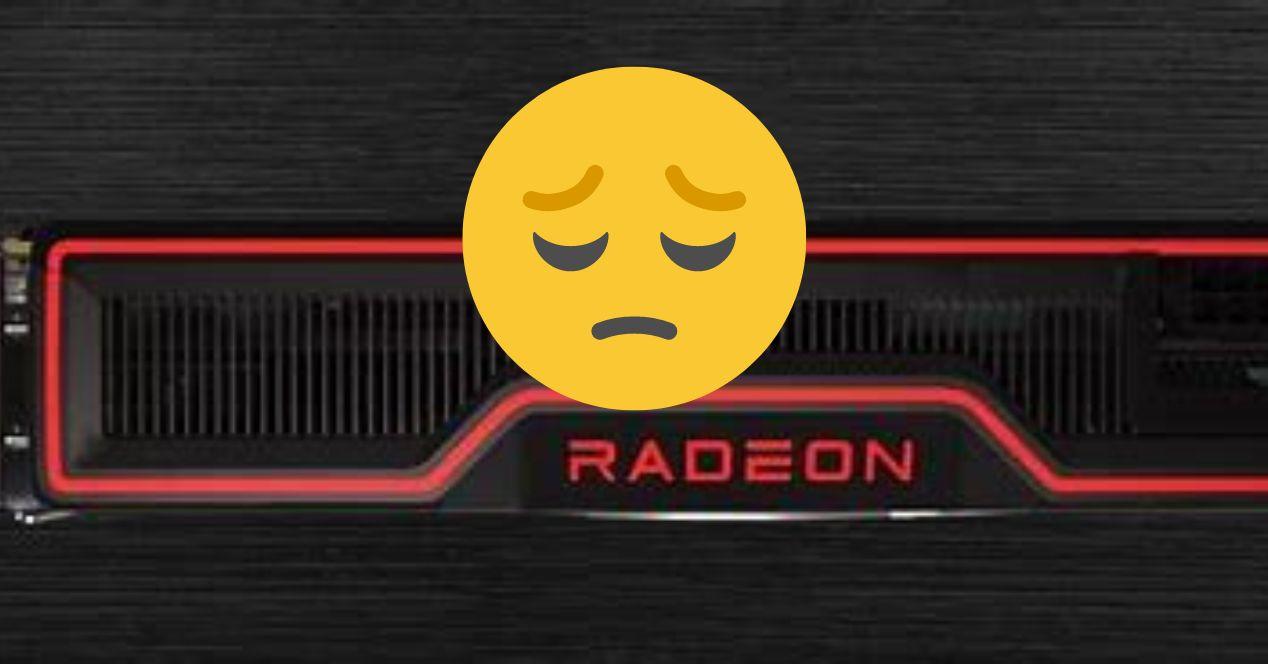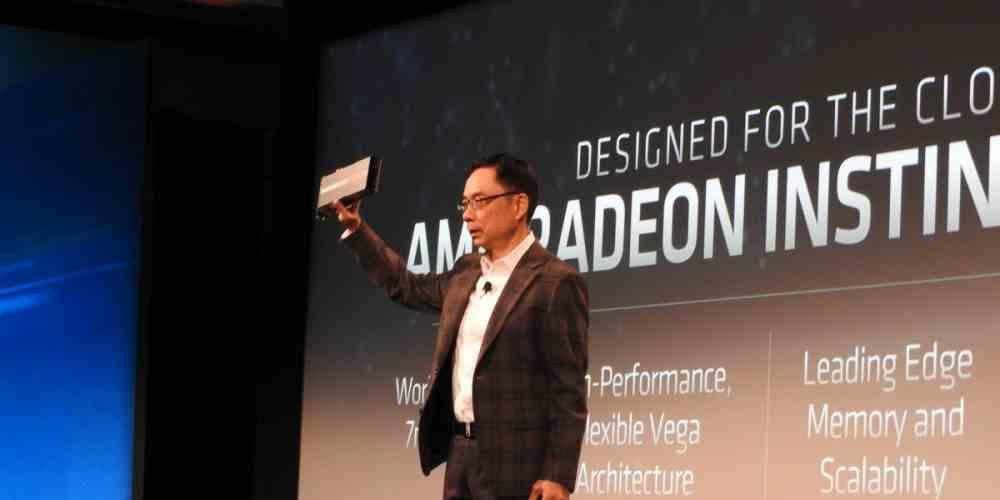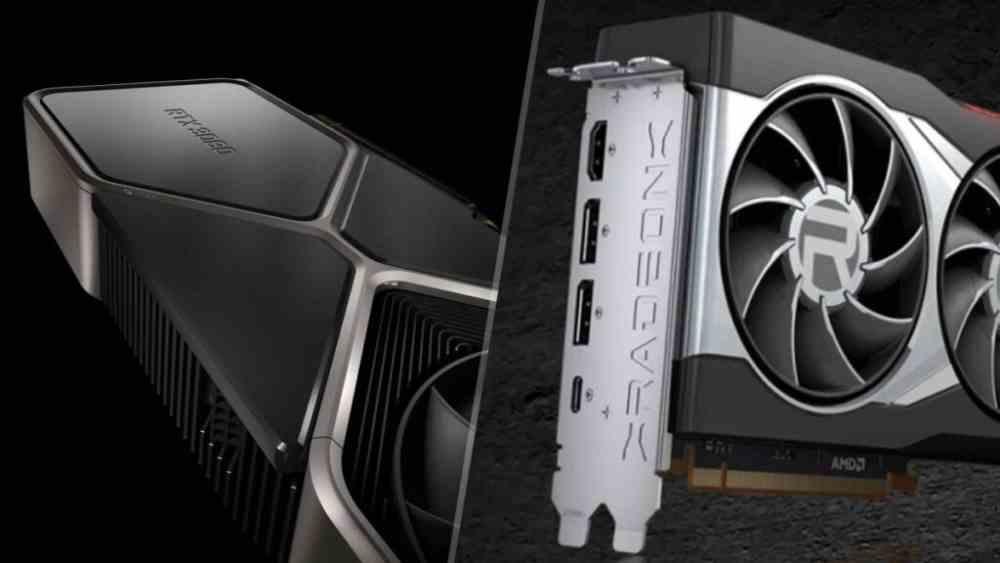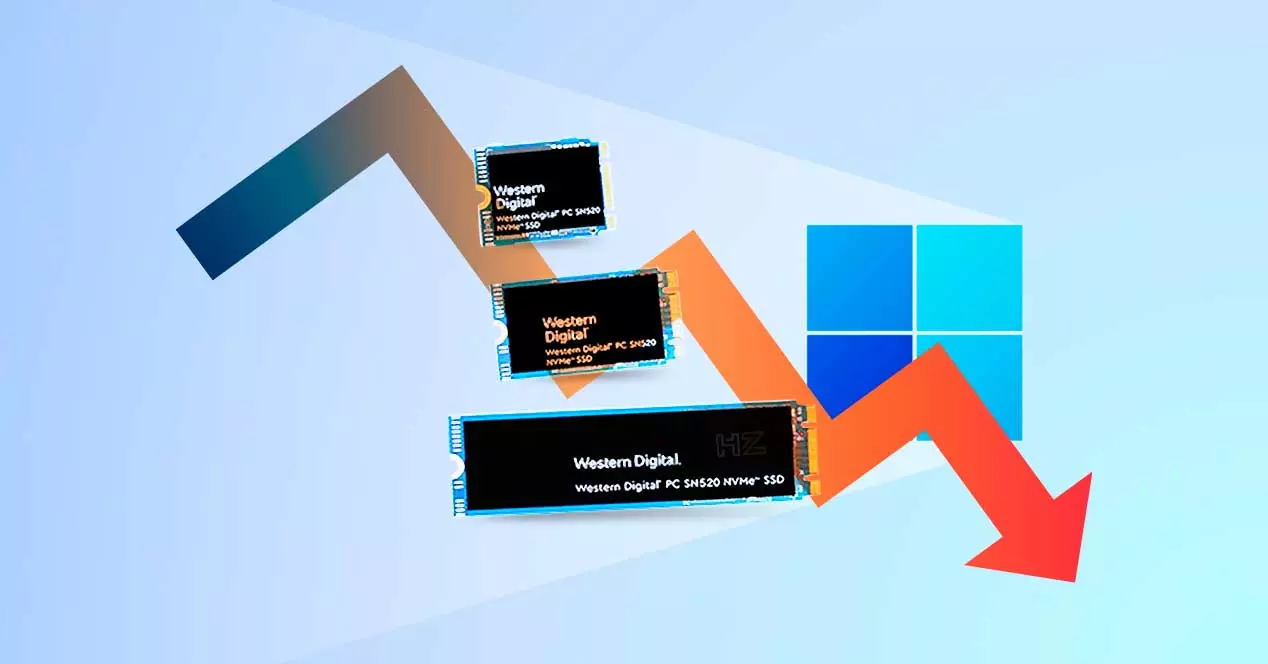
The AI boom with the development of solutions such as ChatGPT, Stable Diffusion, Dall-E and many others have caused the demand for graphics cards to skyrocket, just like mining. Although this time it is not something that AMD can benefit from due to its policy of not wanting to combine graphics and artificial intelligence. Right now they are paying dearly for the fact that they cannot take advantage of this trend. What has led to the head of the company’s graphics division, today led by Lisa Su, has come out to clarify the future plans of the Radeon Technology Group.
David Wang confirms AMD’s bad GPU strategy
For some time now, we have been highlighting the statement that the policy of AMD’s graphics card division is to oppose NVIDIA in terms of new technologies or rather try to sabotage or boycott them with a poor implementation of them. Especially in the face of Ray Tracing and AI. A strategy that from our point of view is wrong, since in the end what it does is damage the image of the brand and harm the final consumer.
In recent days, some statements by David Wang, the head of the Radeon Technology Group, has made some statements that have made us raise our eyebrows, due to the fact that if we are honest, we would like to be wrong about our observation on the future of the mark, but instead only confirms it.
What have I said AMD’s David Wang?
We believe that what should be done with inference accelerators (Tensor Cores) installed on GPUs should not be limited to image processing, as is the case with NVIDIA’s DLSS. Take example of FidelityFX Super Resolution which can be done without an inference accelerator and which provides performance and quality that can compete with NVIDIA’s DLSS.
The reason why NVIDIA is actively trying to use AI technology, even for applications that can be done with it, is because they have installed a full-scale inference accelerator on the GPU. And to make effective use of it, it seems that they are working on an issue that requires mobilization. That’s their graphics card strategy, which is great, but I don’t think we should have the same strategy.
We’ve focused on the specs that users want, and we need them to enjoy our consumer GPUs. Otherwise, users are paying for features they will never use. We believe, inference accelerators should be used to make games more advanced and fun. For example, in the movement and behavior of enemy characters and NPCs as the most obvious examples. Also, even if the AI will be used for image processing, it should be in charge of more advanced processing. Specifically, on a topic like “neural graphics” which is gaining interest in the 3D graphics industry.
Why are such statements problematic?
Precisely AMD has developed inference accelerators for a long time, just like NVIDIA’s Tensor cores, but by Wang’s own decision they have not been integrated into any of the RDNA architectures that have appeared and have remained only in CDNA. The strategy is clear, leave their graphics cards for the gaming market without a feature and then justify its lack by saying that it is something that does not benefit users. Please, we have all already seen the positive effects of DLSS and we know that AMD could have something similar without problems, but they do not feel like it to not agree with NVIDIA.
The worst is the example on the topic of animations and behavior of NPCs in games. Do you know what this depends on? from the central processor. What’s more, using inference accelerators for graphics on a graphics card doesn’t go against their primary utility. What’s more, it doesn’t matter that something can be achieved with other methods such as the FSR, the important thing is that the feature is there to be used. By the user on foot? No, by those who make games, who are the ones who use these technologies and implement them in their titles.
We don’t think any developer would be averse to having a previously lacking resource available to use to create new games. AMD from the mouth of Wang takes advantage of the fact that the average user does not see value in a technology as a means, due to the fact that he or she consumes the end, that is, the result of using it. The good results of DLSS and other technologies should be enough to see the error in these declarations.
David Wang is wrong, the Radeons need AI
The calculation between matrices has to be done with a specialized unit for this, since with this it is possible to completely cut the number of clock cycles necessary to execute certain instructions. Especially in the face of artificial intelligence algorithms that use them continuously. However, AMD’s solution on the RX 7000 is to use a worse solution than what they already had in place at CDNA.
It looks very nice for the gallery, developing a solution that can be used in older graphics cards to scratch a few more frames, but this is not incompatible with giving the next generations of gaming graphics cards a feature that has already been proven as useful. Everything else is lip service to justify a policy that is wrong and can be perceived as giving an inferior product.
And no, this is not about applauding NVIDIA, but about the fact that now we finally have AMD confirming what its strategy is in terms of graphics cards. Not only with Ray Tracing, but also with regard to AI. Which is a huge mistake that not only the Radeons are paying for but the entire PC gaming industry and especially the RTG that is seeing how its rival continues to dominate with a fist of fire.





